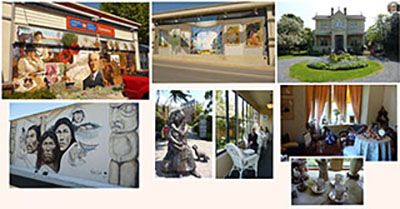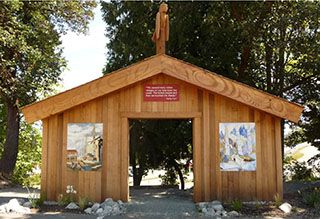October Mailbag 2020

The first item on the top of our October Mailbag is news from Kevin McKay and his exhibition From this Broken Hill which we showcased a couple of weeks ago. Below is an article by Annette Northey on Kevin MacKay's Broken Hill exhibition published in the Barrier Truth, Saturday, September 26, 2020.
It's a lovely article and we do wish Kevin a successful exhibition.
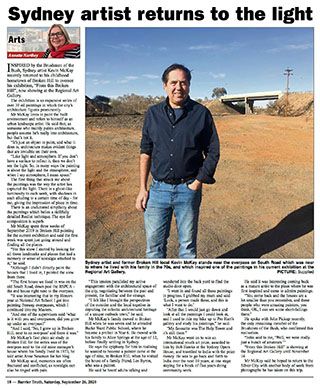
And while I am talking about Broken Hill - when I was researching for the post on May Harding, who was a dominant force in putting Broken Hill on the map as the Art Capital of Outback Australia, I came across the artist Susan Dorothea White and her painting of some of the landscape around Broken Hill.
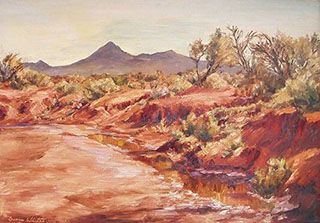
The Pinnacles are mountain-like rocky outcrops about three miles southwest of Broken Hill that are composed of Banded Iron Formation (quartz-magnetite lenses in plagioclase-quartz rock).4
I also found this wonderful on-line book (below)- Celebrating 50 years of White's Art in a Unique Survey of her prints 1960-2010. It's well worth a browse - Click Here.
And then Jane found in one of her travel photobooks (there is one for every trip she has ever undertaken) some information on the Canadian artist Emily Carr introduced to us in our last mailbag by D in Bendigo.
From Jane
In May 2011, prior to a cruise to Alaska we spent 2 days at Victoria on Vancouver Island – it’s such a pretty city – lots of house proud people –beautiful gardens everywhere and interesting buildings. On our way we stopped at the little town of Chemainus – to view the 40 murals gracing the local shops and buildings – mainly depicting the local industries and way of life over preceding generations.
One mural especially captured my attention – a selection of Emily Carr’s paintings reproduced on the wall of the local town hall. An arch also depicts her paintings with her words above:
We passed many Indian villages on our way down the coast. The Indian people and their art touched me deeply.
An impressionist painter born in 1871, she had a reverence and fascination for the local First Nations people and culture and this is reflected in her work, as well as the forest landscapes and skies of the British Columbia coast. Lynn (my room mate) and I later visited her home in Victoria, now a small museum showcasing her life and we found that she was also a writer.
We relaxed over a coffee on the verandah to view a video about her life. Emily was one of the first painters in Canada to adopt a post-impressionist style, but did not receive widespread recognition for her work until later in life. She was a woman who succeeded against the odds, living in an artistically unadventurous society, thus making her “a darling of the women’s movement”.
She also chronicled the history of life in British Columbia. She loved animals and owned a menagerie of dogs, cats and monkeys. A bronze statue commemorating her life is located near the waterfront, which includes a monkey on her shoulder and dog gazing at her adoringly.
Photos by Jane
And Caroline found some images on-line illustrating Emily Carr's love of animals: especially dogs and monkeys.



Back in Melbourne we are having lots of time to indulge our hobbies and practise our crafts. R in Wheelers Hill has been busy in his workshop creating beautiful wooden chopping boards.
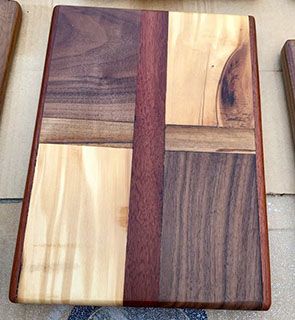
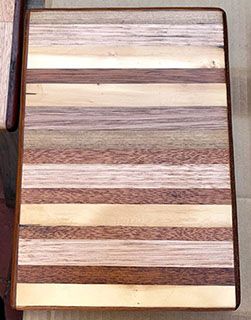
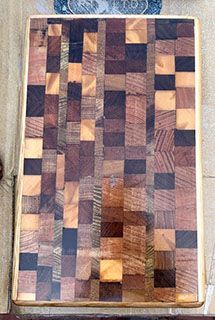
Whilst others have turned their minds and hands to creating Spoons and Spoonvilles which Caroline captured on her camera.
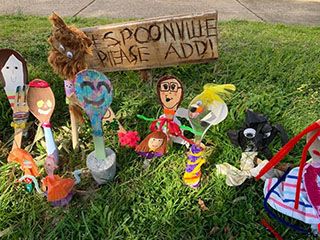
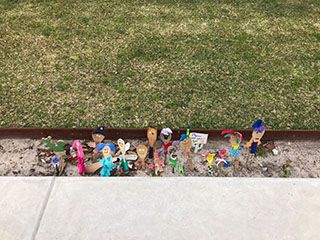
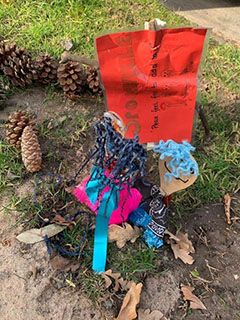
Whilst others are making websites that allow you to explore up close the city you can't visit. I do recommend you give this amazing site a few moments where you can select the tour of your choice and get up close, very close to the structures.
Warning: If you suffer from vertigo this might not be the site for you. Click here for your tour.
For those interested in buildings and heritage protection status - follow this link to a challenge being launched on the status of one of Robin Boyd's buildings - Click Here.
Julie's post on Marvellous microscopic miracles! brought great applause from E in London, G in Diggers Rest, Victoria and John Wylie in Port Elliot, South Australia who said: Julie’s amazing post of David Lindon’s “sculptures” is truly remarkable & so very different…. It definitely gets you thinking out side of the box!!
Imagine the control David A Lindon must have to be able to slow his breathing down as he creates his masterpieces.
John Pickup has been telling me of late that he knows of someone who uses a palette knife to create paintings the size of a postage stamp! I will investigate this further and hopefully bring you some of the works.
We will now zoom to Britain where we can go on-line to view Frieze London and Frieze Masters. Check out some amazing works of art through a virtual tour. It is the next best way if you can't be there so please Click Here.
E in London will conclude our mailbag for today and set your mood for the day with these glorious photos of sunrise over a stretch of coast in the UK.
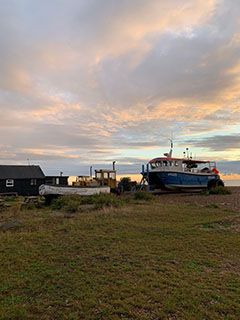
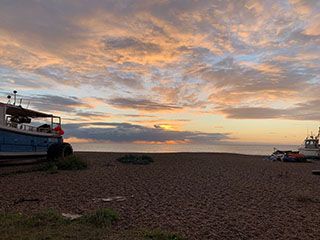
Credits
1. australiapostcollectables.com.au
2. architectureau.com
3. susandwhite.com.au
4. ausfilm.com.au
5. pinterest.com

